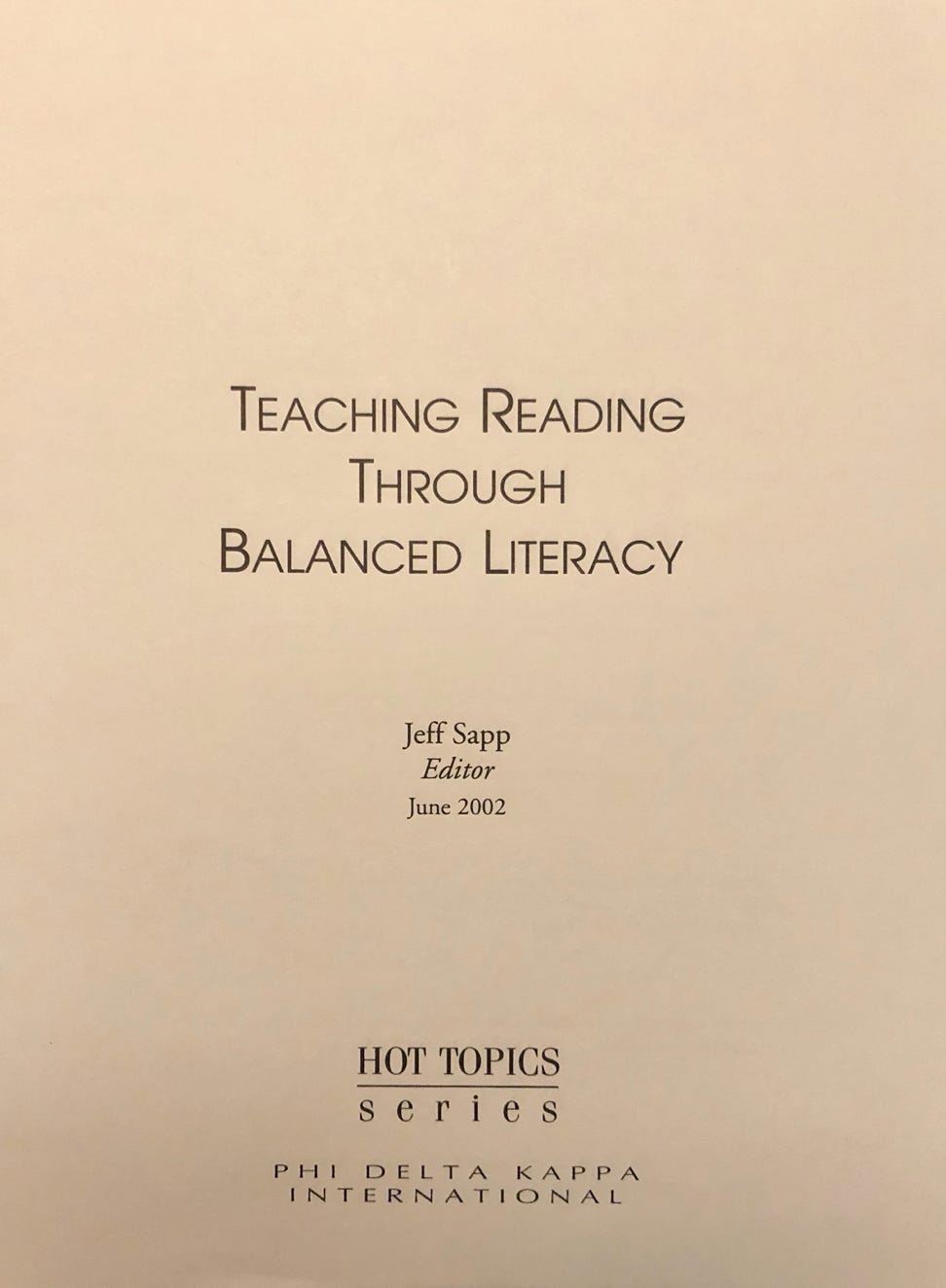-
Home
-
About
-
Research Intro
-
Childrens Lit
-
Curriculum
Overview of Chapter 2
by Jeff Sapp

He advocated variety in the curriculum and in the daily timetable to maintain student interest; the use of games, competition, and praise, rather than punishment, for motivation; the use of modeling as an instructive technique; small classes; peer tutoring of younger by older students; and attention to individual differences in aptitude and disposition. (1)
This would hardly be a shocking quote if it were not for the fact that Marcus Quintilian said it in 95 A.D. This chapter focuses on the reading wars and Quintilian is cited here to remind us that, although the reading argument seems relatively recent, it is really an age-old battle that has been going on for as long as there have been teachers and students.
The first article in this chapter considers how the battle rages against reading researchers themselves. Researchers have always debated and argued positions. This is nothing new, and many take pride in being able to argue perspective and understand the multifaceted aspects of a single topic like literacy. Rona Flippo looks at how policymakers and others are waging a war on researchers and causing panic among parents and the general public.
Claude Goldenberg believes that there is, indeed, quite a bit of consensus in reading research policy. Although there certainly are differences in the area of teaching reading, he doesn’t believe there is nearly as much chaos as we are led to believe. He also poses an important question: Whose voices matter in the great conversation about how best to help children learn to read?
Following what Flippo has revealed about outside forces and Goldenberg’s commentary about consensus, Jacqueline Edmondson goes a step further by suggesting what teachers can do to be more politically involved in policy and legislation about reading. Educators often take a functionalist view of policy changes. Edmondson believes that too often analyses of new policies in literacy education are viewed wit a near-sightedness that borders on being dangerous. In her article, she details three key aspects that need to be considered in order to have a broader and more critical vision of literacy policy: 1) Follow the money - who is funding the research and why? 2) Who are the players, where did they come from, and what are their values? 3) Who is likely to benefit?
ENDNOTES:
Lorem ipsum dolor sit amet, consectetur adipiscing elit. Aliquam tincidunt lorem enim, eget